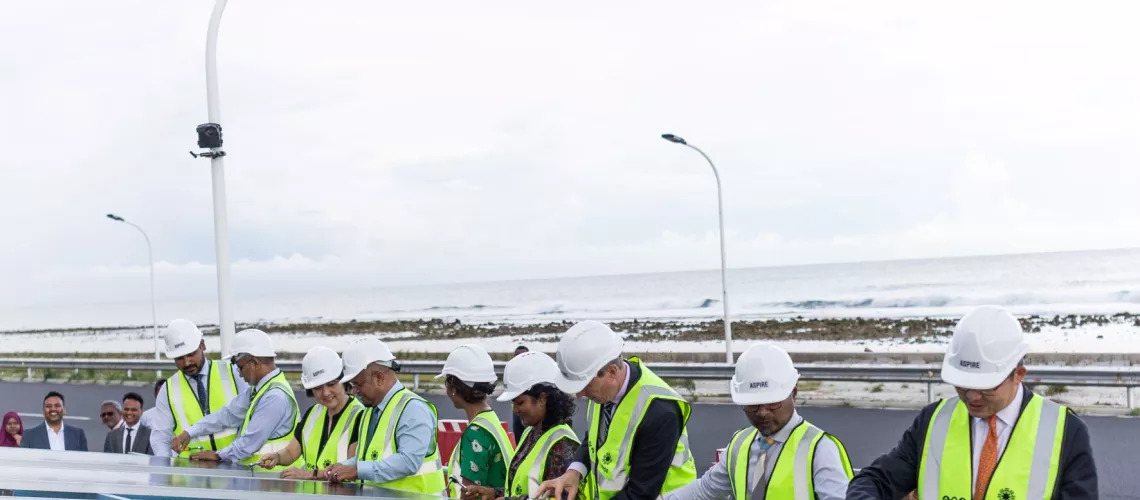The blog post was first published on 12 January 2023 and retrieved from World Bank Blogs

Already, in 2020, the country’s real GDP contracted by at least 13 percent, 18.5 percentage points lower than the pre-COVID-19 baseline. High global crude oil prices caused by inflation and the Ukraine war pushed the country’s import bill to around $500 million in 2022, 80 percent of which is due to diesel imports. This is equivalent to nearly one-fifth of all imports and 10 percent of GDP. This high fuel bill has put extra pressure on the country’s already strained fiscal space.
Moving from a fossil-based to a renewable-based energy model is the best way to make electricity cheaper for everyone, reduce the fiscal risks, and protect this pristine island paradise.

Guangzhe Chen
The writer is Vice President for Infrastructure, The World Bank

Amit Jain
The writer is Senior Energy Specialist at The World Bank

Simon Stolp
The writer is Practice Manager at The World Bank
